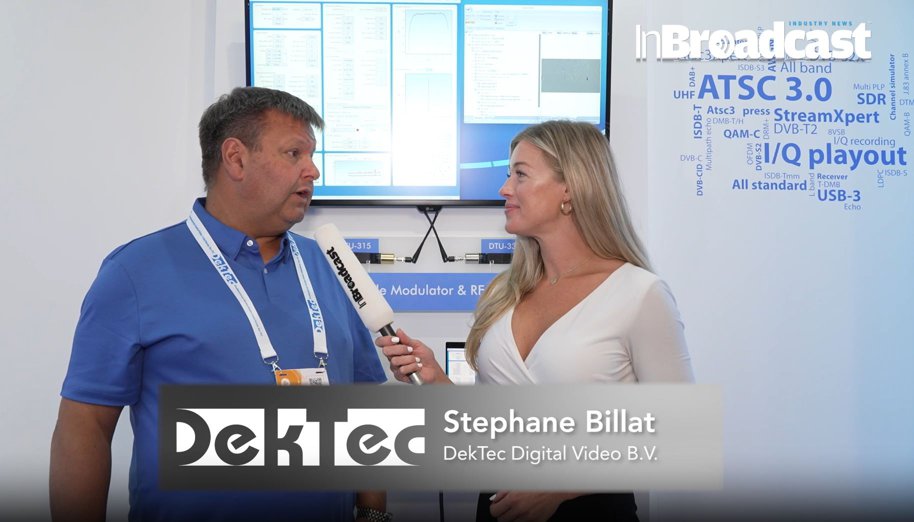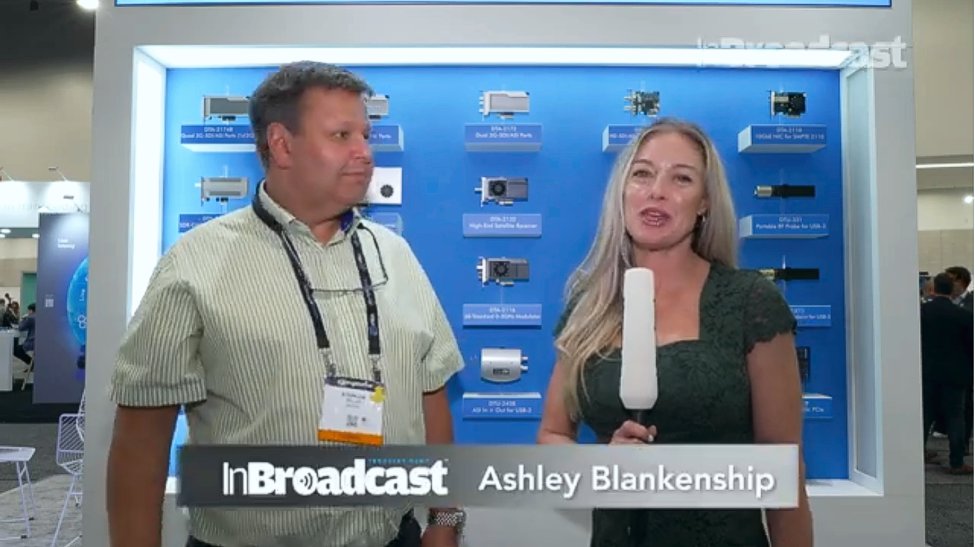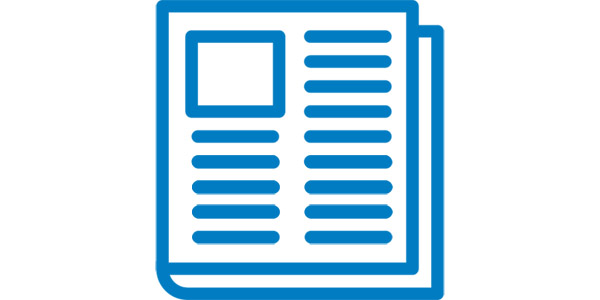
|
News 2023
|
Hilversum, 28 September 2023
SMPTE 2110 and ATSC 3.0 Update from DekTec at IBC 2023
In an interview with Ashley Blankenship of InBroadcast, DekTec discusses its advancement and offering for SMPTE 2110 and ATSC 3.0 at IBC 2023.
Stephane Billat discusses SMPTE 2110 and ATSC 3.0 at IBC'23
Hilversum, 8 September 2023
FFmpeg for DekTec's SMPTE 2110 and SDI Cards
DekTec has long been a leader in offering high-performance PCIe cards designed for ASI, SDI, and IP I/O. While our proprietary SDK has always been a robust toolkit for developers aiming for top-tier performance, we are excited to announce a new milestone: real-time FFmpeg support for seamless input and output via DekTec devices.

A leader in open-source software, FFmpeg provides a comprehensive suite of libraries and tools for audio and video manipulation. This new integration allows for the creation of tailored, complex video solutions without requiring specialized knowledge in low-level programming.
We're also introducing a new open file format—.sdi—that simplifies SDI storage. Our customized version of FFmpeg is able to read and write to the .sdi format.
Our FFmpeg integration is available at no cost and includes example code and instructions. For an in-depth look at what FFmpeg can do with DekTec devices, explore FFmpeg for DekTec Devices.
Note: Due to some closed-source components in our SDK, FFmpeg classifies our integration as "non-free." Please be sure to review FFmpeg's licensing FAQ to understand the implications and to ensure you comply with their terms.
Hilversum, 6 September 2023
DTA-2110: Supporting SMPTE 2110 Is Easier Than Ever
DekTec is excited to announce the release and immediate availability of the DTA-2110, a high-performance 10G network card. While it serves as a generic NIC for Linux and Windows systems, the card is specifically optimized for uncompressed Video-over-IP applications using SMPTE 2110. Support for SMPTE 2022 streams is also included.
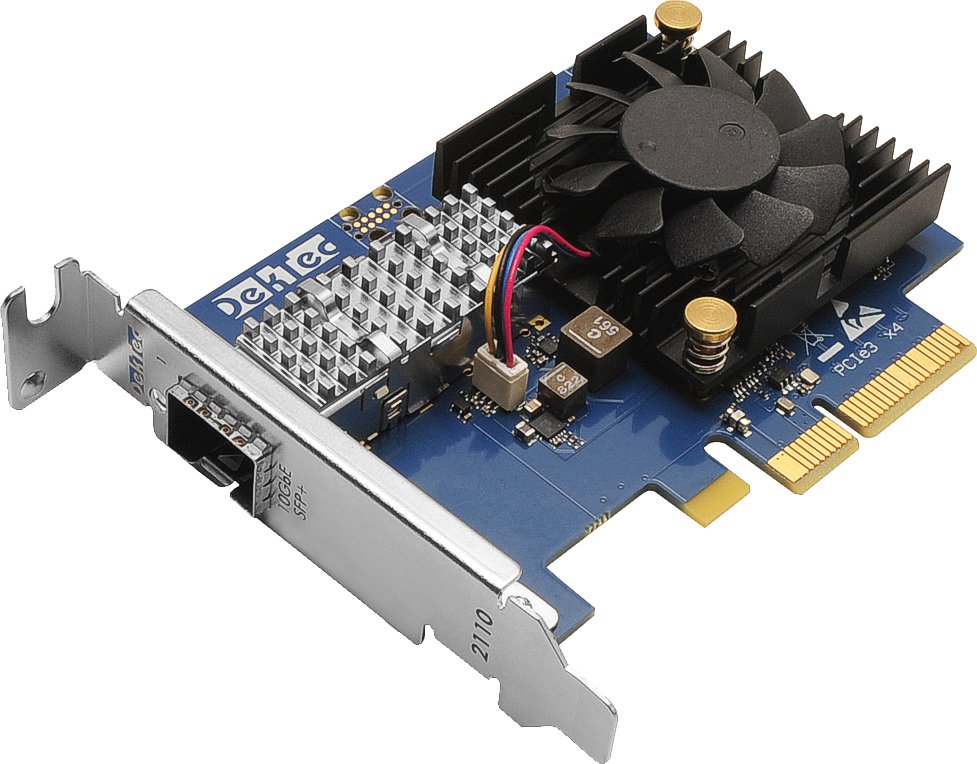
The DTA-2110 simplifies the integration of SMPTE 2110 streaming into your software-based product considerably. Gone are the days of worrying about SMPTE 2110 intricacies and PTP-aligned timing: the hardware and SDK take care of these low-level details with precision. The DTA-2110 abstracts the complexities of IP encapsulation, de-encapsulation and timing, ensuring that audio, video, and ancillary data are readily accessible for your applications.
To aid developers in quickly incorporating the DTA-2110 into their products, DekTec provides complimentary example code, available on the DekTec Drivers and SDKs download page. FFmpeg is also supported. For more information on this integration, please check our FFmpeg for DekTec devices page.
If you are interested in additional architectural information about the DTA-2110, you can find more details in our earlier news article: 10GbE NIC Optimized for SMPTE 2110.
Hilversum, 4 September 2023
Advanced RF Signal Analysis with the DTU-331
Experience an innovative approach to RF field and laboratory measurements with DekTec's cutting-edge DTU-331, a compact and USB bus-powered RF probe designed for versatility and precision. Just as the DTU-315 modulator has set the standard for portable modulation, the DTU-331 serves as its perfect complement, excelling in demodulation and advanced RF signal diagnostics.
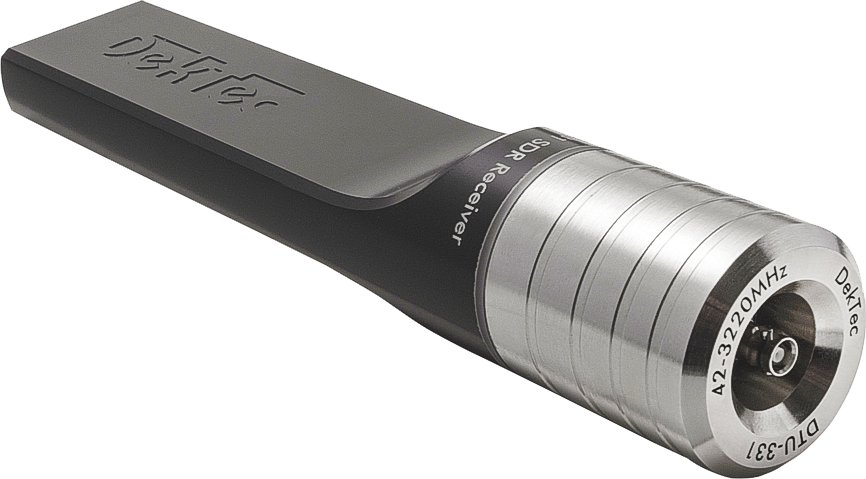
The probe sets itself apart with its innovative use of Software-Defined Radio (SDR) technology, offering flexibility and capabilities that go beyond traditional chip-based demodulators. One of the key advantages of using SDR technology in the DTU-331 is its ability to demodulate any DTV standard. Additionally, SDR technology ensures that the DTU-331 can adapt to new or future changes in modulation standards, safeguarding your investment for years to come. SDR also enables precise measurements such as impulse response and transfer functions, offering users a comprehensive view of RF signals and system performance.
The DTU-331 excels in demodulating a broad spectrum of cable, terrestrial, and satellite signals. It integrates seamlessly with DekTec's renowned StreamXpert analyzer, and specialized RF analyzers are available for ATSC 3.0 and DVB-T2. Beyond broadcasting applications, the DTU-331 serves as a versatile I/Q sampler, accommodating RF signals with bandwidths up to 60MHz for frequencies ranging from 42 to 3,220MHz. I/Q recordings can be processed in software, or replayed using one of DekTec modulators. The capability to capture I/Q samples extends the probe's applicability far beyond its broadcasting origins.
For more information, visit the DTU-331 product page.
Hilversum, 19 April 2023
Stephane Billat on DekTec Highlights at NAB 2023
Joining Ashley Blankenship from InBroadcast in an engaging conversation, InBroadcast, Stephane Billat (DekTec America's GM) discusses major developments at DekTec for 2023. These key highlights include the new DTA-2110 10GbE NIC for SMPTE 2110 and the Portable RF Probe DTU-331, running DekTec's comprehensive ATSC 3.0 tool set, amongst other functionalities.
Highlights from DekTec at NAB 2023
Hilversum, 6 April
Meet DekTec's New Modulation Powerhouse: The DTA-2116
The DTA-2116 is a flexible broadcast and test modulator supporting a wide range of cable, terrestrial, and satellite modulation standards, including ATSC 3.0 and DVB-S2X. While designed primarily for digital TV applications, the card's I/Q sample playback and accurate synchronization capabilities also extend to non-broadcast uses, such as GPS-, GNSS-, and 4G/5G simulators.
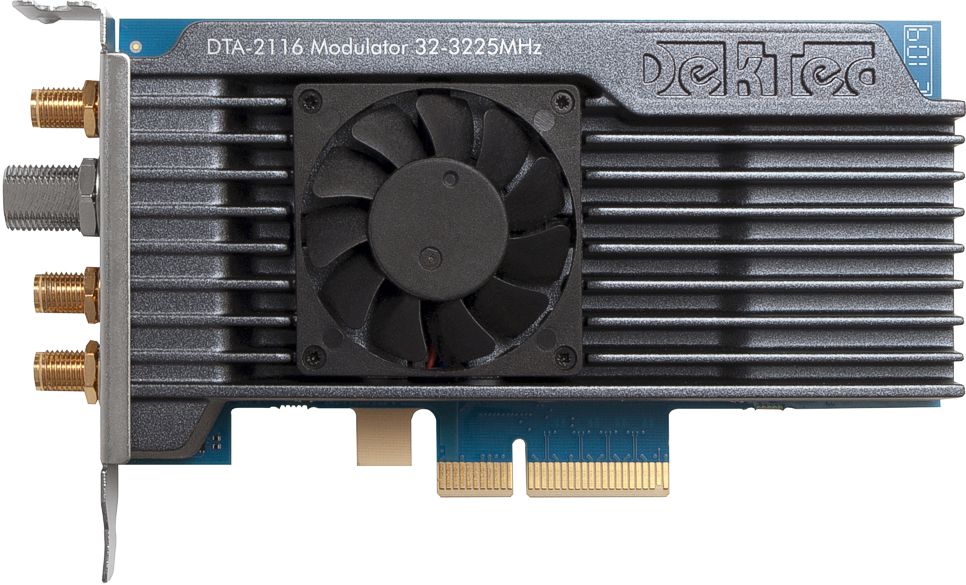
Figure 1. DTA-2116: High-end modulator card generating a 100MHz signal within 32-3225MHz.
The modulator comes in the form of a low-profile PCI Express card that allows users to modulate one channel with up to 100MHz bandwidth and upconvert it to any frequency between 32MHz and 3225MHz. A standout feature of the DTA-2116 is its ability to synchronize with a 10MHz/1pps clock input, which doubles as a triggering input to start multiple modulators simultaneously with sub-nanosecond accuracy. This capability makes it ideal for Single Frequency Network (SFN) operation and multi-transmitter simulation scenarios.
Figure 2. The synchronization feature of the DTA-2116 used in a Single Frequency Network (SFN).
One of the key advanced features of the DTA-2116 is its programmable, accurate and wide-ranging output level, enabling automatic testing and validation of new equipment and thorough testing of receiver performance, as it can be controlled remotely via StreamXpress. In addition, channel simulation capabilities with calibrated noise and multipath echo further expand its testing capabilities. With its powerful capabilities, the DTA-2116 is an excellent choice for broadcast and testing applications, as well as research and development in the field of communications.
Users can control the DTA-2116 using standard applications, such as StreamXpress, Atsc3Xpress, or T2Xpress. Alternatively, users can develop their own application using DekTec's free SDK for Windows or Linux. This enables designers to create innovative integrated RF generators and simulation solutions for broadcast, military applications, and more.
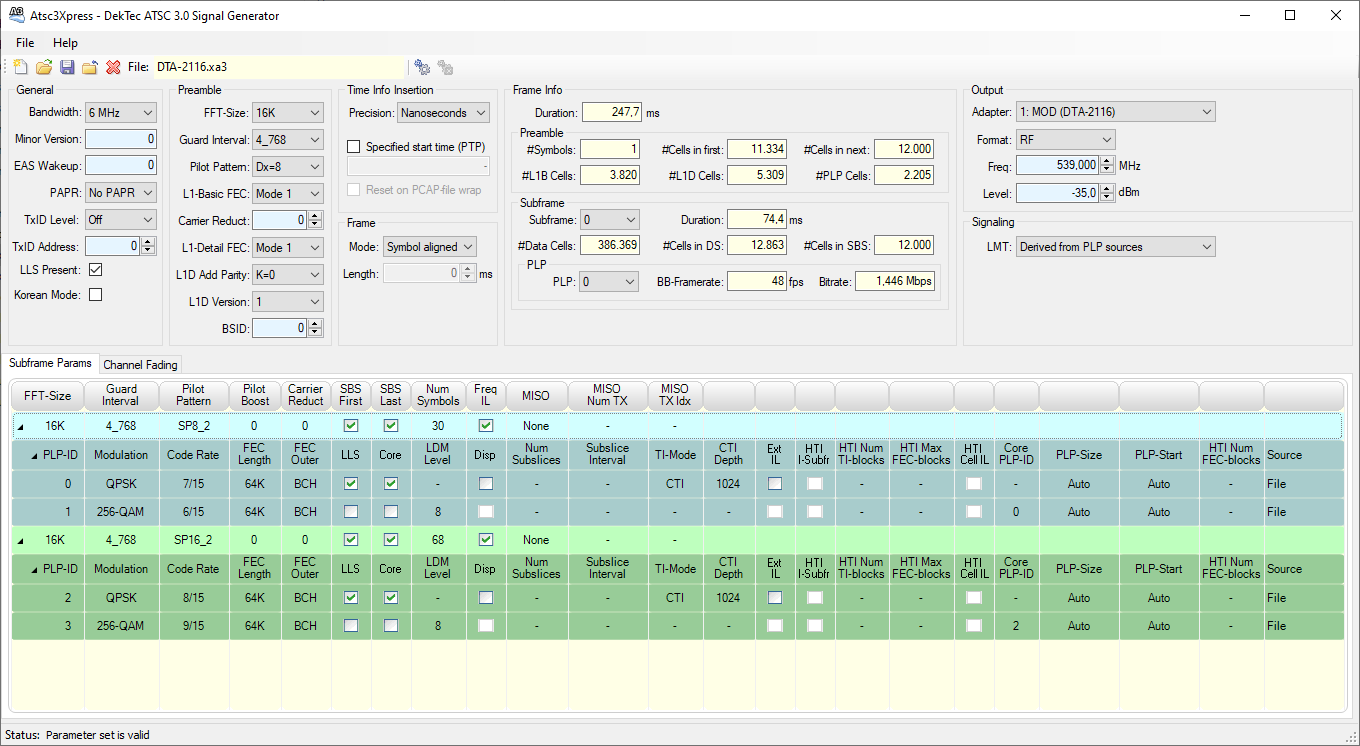
Figure 3. Atsc3Xpress enables testing of all parameters in the ATSC 3.0 standard.
One of the primary applications of the DTA-2116 is in the development process, where it serves as a test modulator for sending modulated test streams to DTV products. Developers can conveniently generate modulated streams right from their desk, and simulate real life signals in the lab. Its flexibility and advanced capabilities make it an ideal platform for developing and testing new modulation schemes, as well as conducting research in the field of communications.
The DTA-2116 is now in full production and will be available from stock soon.
Hilversum, 17 February
Introducing the DTA-2127 High-Density Satellite Receiver
The DTA-2127 is a high-density low-profile satellite receiver on a PCIe gen1 x4 card designed to receive and demodulate satellite signals. The card offers two independent L-band inputs, each of which can receive and demodulate two independent satellite channels, allowing for a total of four independent satellite channels to be received.
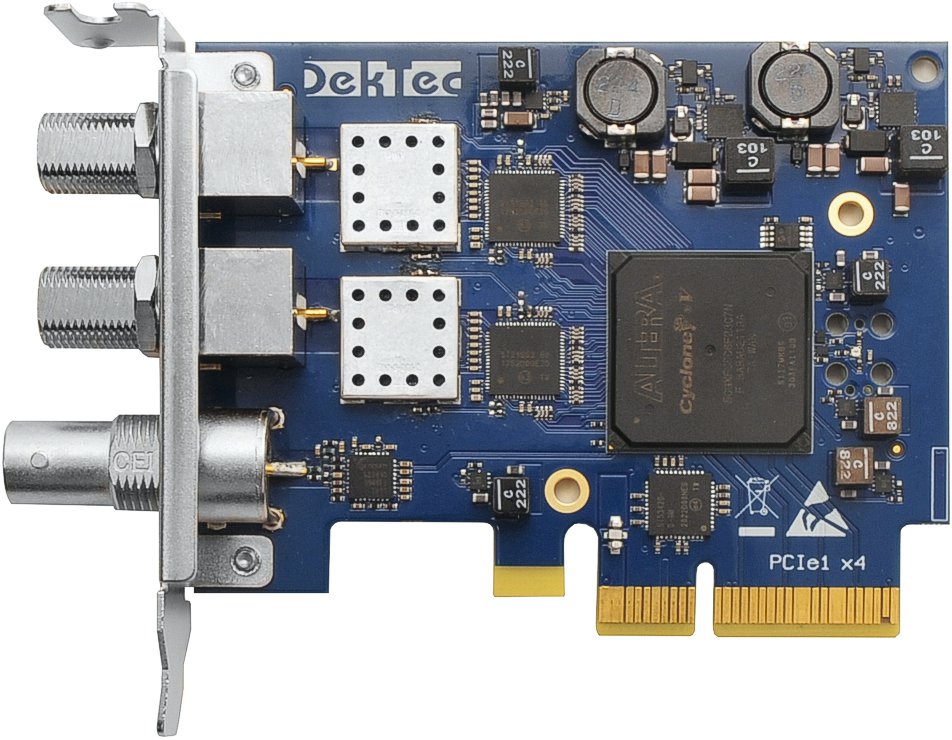
Figure 1. The DTA-2127 features 4 satellite receivers on a low-profile PCI Express card.
The card is capable of receiving DVB-S, DVB-S2, and DVB-S2X modulated signals. It also provides an additional ASI/SDI output port which enables a received Transport Stream to be output over ASI, or allows a compressed video signal from a received Transport Stream may be decoded in software and output uncompressed when the output port is configured as SDI.
The DTA-2127 can receive broadcast-profile satellite signals. For applications requiring the reception of streams with high symbol rates, access to BBFRAMEs, or special data modes, DekTec offers the DTA-2132 satellite receiver card. This advanced solution provides enhanced capabilities compared to the DTA-2127, making it suitable for more demanding use cases.
Figure 2. Block diagram of the DTA-2127.
The board includes four tuners, with tuners 1 and 2 connected to input port 1 and tuners 3 and 4 connected to port 2. Each tuner is independent and can tune to the same or different same frequencies as the others. The tuners report level measurement information to the software. The demodulator then locks to the signal automatically or attempt to lock using parameters specified by the user, reporting lock status and RF quality metrics to the software.
The DTA-2127 is capable of powering and controlling two satellite dishes by supplying the required LNB voltage and DiSEqC control signals through each RF input cable. Each RF input port is independent in terms of powering the LNB and sending DiSEqC commands.
A free SDK is available for both Windows and Linux. The SDK contains a device driver and the DTAPI library that provides uniform access to any DekTec hardware. The SDK enables the user to write custom applications that receive one or multiple satellite signals and/or produce an ASI or SDI signal.
The DTA-2127 is a powerful component that can meet the needs of a variety of applications in the satellite industry. It can be used for detailed analysis of satellite channels using the StreamXpert. It is capable of receiving multiple satellite services, remultiplex a selection of received services with MuxXpert, and redistribute these services over IP. It's also an ideal card solution for building a comprehensive satellite monitoring system.
